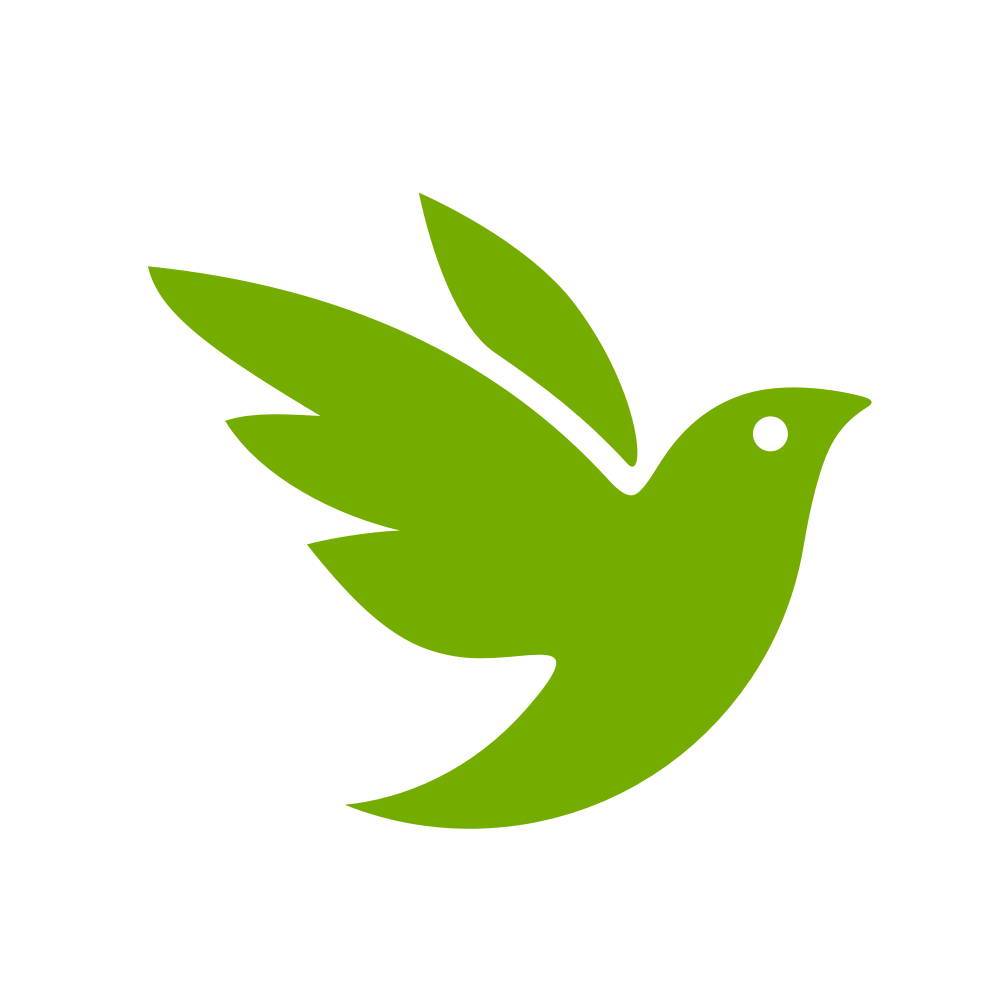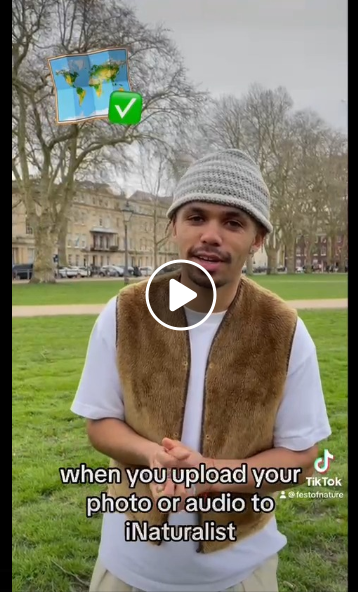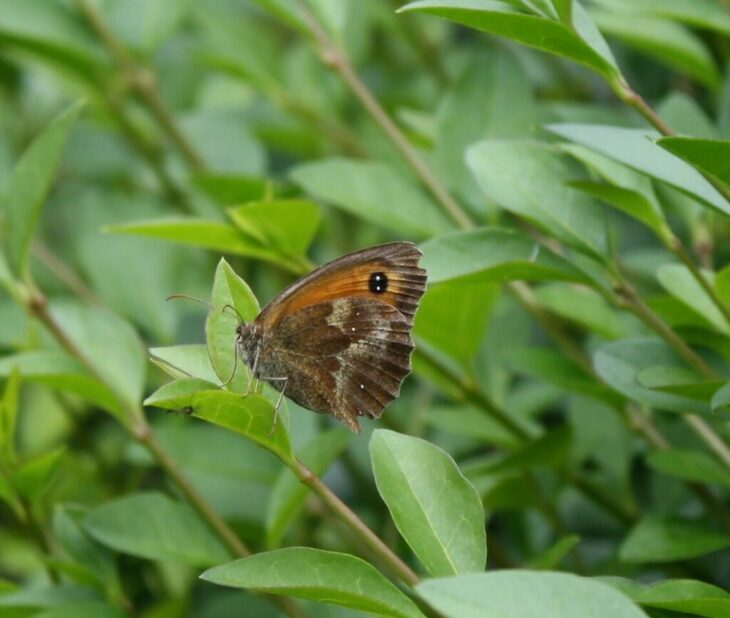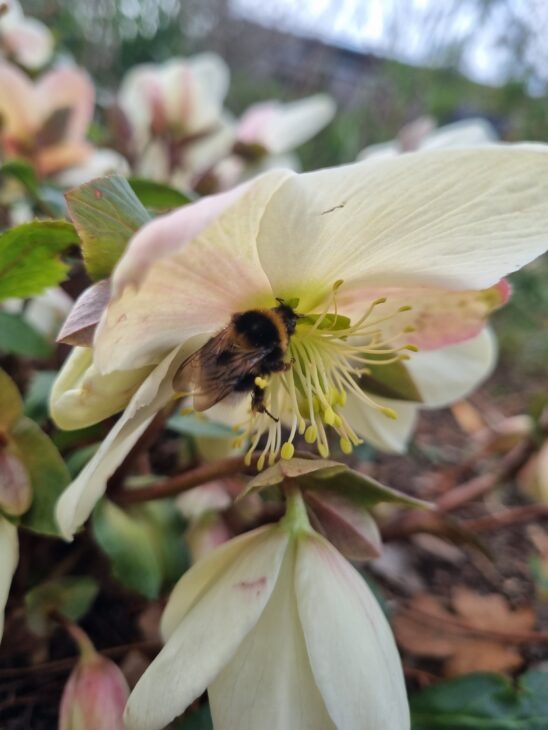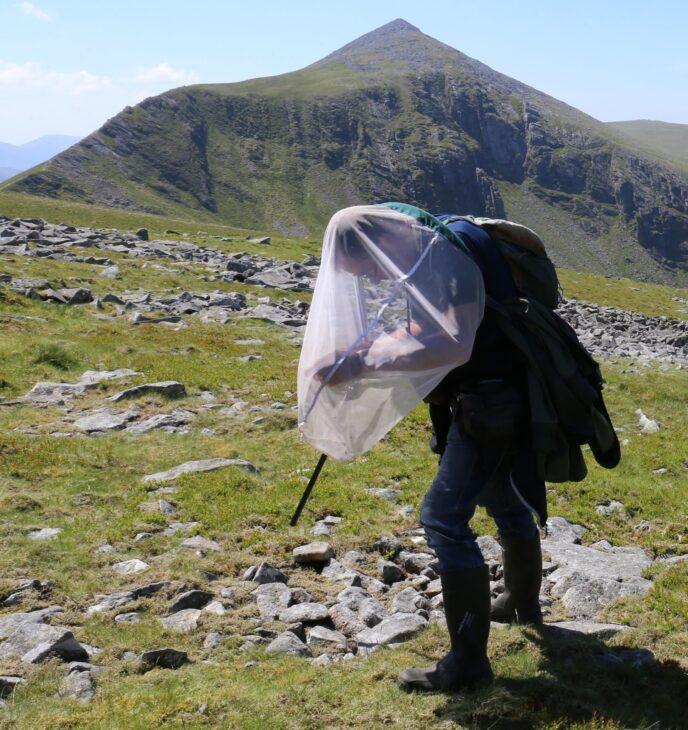
What are licences and how do they work?
When you join iNaturalist you are presented with a “Yes, license my photos and observations so that they can be used by scientists” checkbox. Checking this adds a default Creative Commons licence (CC BY-NC) to your content.
A licence is an agreement you make with someone who wants to use your property. By law in most places, content like photos are a kind of intellectual property and you have the right to control how your photos are copied in certain situations. Creative Commons (CC) licences are a bit different: they are licences you apply that allow anyone to use your intellectual property without having to negotiate with you individually and without having to pay you, as long as the terms of the licence are respected, e.g. that they give you credit. This provides content authors with some legal controls while allowing content users to utilize and remix that content without fear of a lawsuit.
iNaturalist offers users a number of licence options including ‘No licence (all rights reserved)’.
What licence should be used for UK observations?
In line with the Global Biodiversity Information Facility’s (GBIF) approach to data licensing (see this article from 2014) the NBN Atlas and iRecord require that all iNaturalist data shared to them are on one of three licences:
The NBN Atlas is the UK node for GBIF and with the agreement of its data providers it regularly shares records from UK-based datasets with GBIF. Please note that the NBN Atlas does not accept Share-alike (SA) or No-derivatives (ND) licences. You can read more about data licences on the NBN Atlas Help Page.
It is possible to license observations separately to your sounds or photos. So you may, for example, want to license your observation as CCO and photos as CC-BY-NC.
Why does it matter?
If your observation is not licensed with one of these three licences it can’t be pooled together with other UK data sets allowing us to build up a full picture of the UK’s biodiversity. It will also not be passed to GBIF by iNaturalist as part of their regular exports.
The ideal is that all observations are licensed as CC0 or CC-BY. However, we recognise that this may not be appropriate for all users for all observations. Currently only around 30% of observations are assigned a CC0 or CC-BY licence.
How to check which licence is attached to your observations
Log into iNaturalistUK: Account Settings > Content and Display. Scroll down the page to 'Licensing'. Select the relevant licence using the drop down arrows. Remember to Save Settings.
On the iNaturalist Android App: Settings > Default Licenses. Click on the relevant licence to change it.
iOS users will need to make the change on the website.
How to edit individual observation licences
To edit photos on an individual observation
Within iNaturalistUK:
- Select an observation > Edit
- Click ‘View Original’ under your photo
- Click on Edit Licence next to ‘Attribution’
On the iNaturalist App
- Click on observation and click the edit icon
- Within Edit Observation click on the image
- Click the three dots
- Select Edit Photo License
To edit the licence of an individual observation including sounds
Within iNaturalistUK:
- Go to observation
- Click on the drop down arrow next to 'Edit' and select Edit License. You can also edit the licence that applies to all your other observations through this route.
On the iNaturalist App
- Click on observation and click the edit icon
- Within Edit Observation click on the three dots
- Select Edit Observation License
Further Reading
iNaturalistUK and its place in biological recording data flow
Licensing milestone for data access in GBIF.org
iNaturalist Licensed Observation Images in the Amazon Open Data Sponsorship Program
iNaturalist Blog – photo licences
You can also find more help and guidance within the iNatForum


